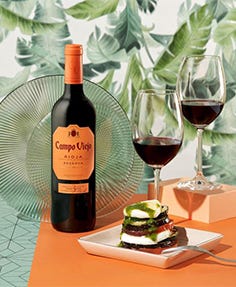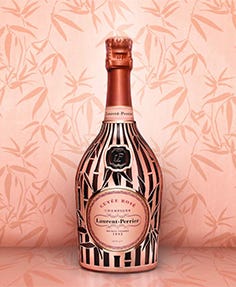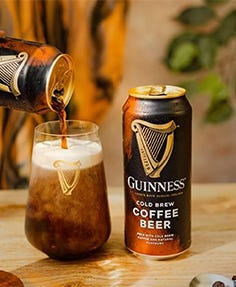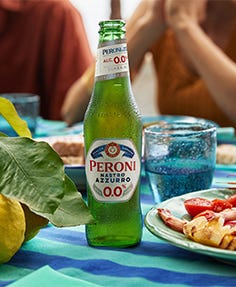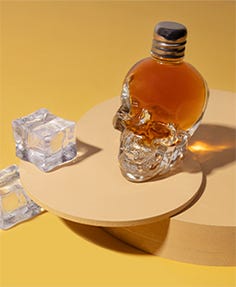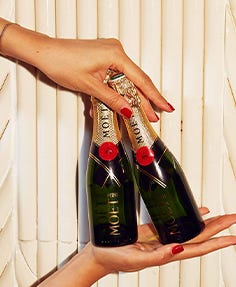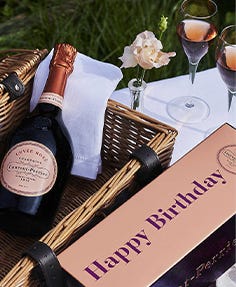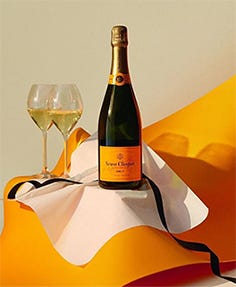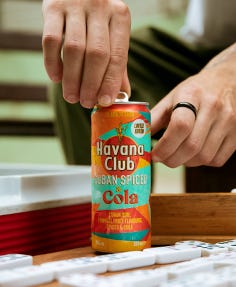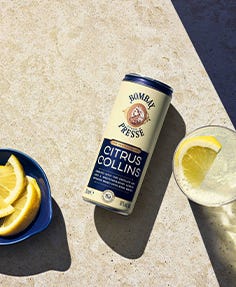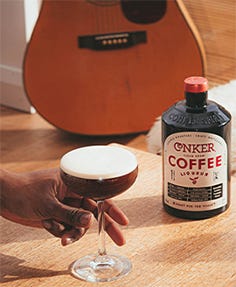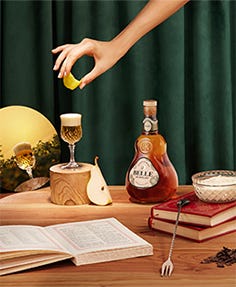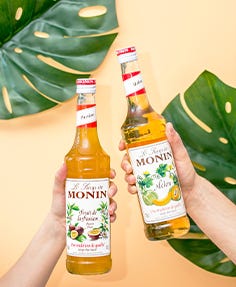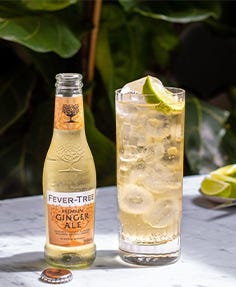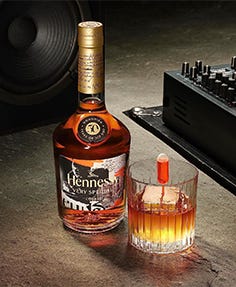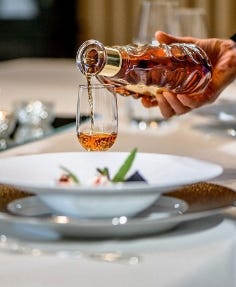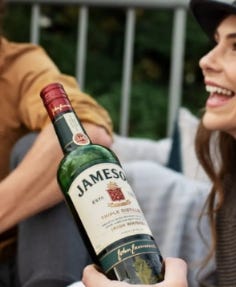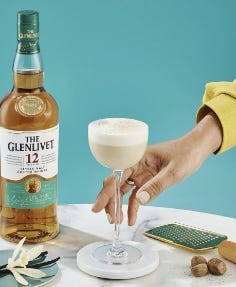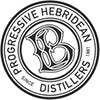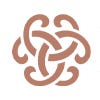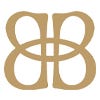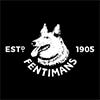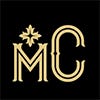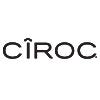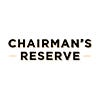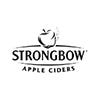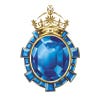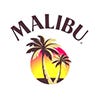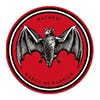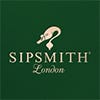Filfar
At one time, the recipe for Filfar was known only by one person - Takis Philippou. During the 1940s, Takis worked for the British Army in Famagusta. His job was in the cookhouse where he prepared jams and marmalades. As a young lad he had often watched his grandmother make an orange liqueur using a recipe that her ancestors had inherited from the monks at Kantara and some years later he decided to try and recreate the liqueur.
In the beginning he made bottles to give friends at the Army camp. He and his drink became popular and it was said that one bottle had even made its way to Buckingham Palace! As time passed, friends encouraged him to start manufacturing the liqueur commercially and in 1943 he started production in his kitchen. The liqueur proved so popular that he decided to move into commercial premises and started to sell the liqueur to local shops.
The recipe is still a closely guarded secret, but Demos will admit that up to 20 oranges of two different varieties and three different herbs are used to make each bottle and the mixture is matured for three months prior to bottling. Production begins in early December each year as the oranges are harvested in the nearby Phassouri Plantation and continues for four months. It is worthy to note that much of the process is still done by hand with seasonal workers joining the company for this period.
Filfar is a versatile drink and served as a liqueur it is the perfect finale to a special dinner or to enjoy on a winters evening whilst sitting in the golden glow of a log fire. Alternatively, Filfar is cool and refreshing when made into a long drink by mixing with lemonade or soda water and adding plenty of ice. If there is a cook in your house, you will need to hide the distinctively shaped bottle away as it really gives an extra something to fruit jelly – fruitcake made with fruit soaked in Filfar is impossible to resist




